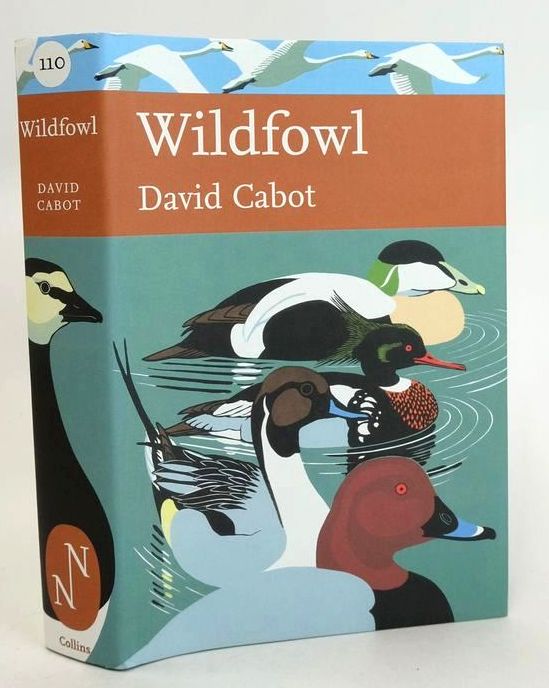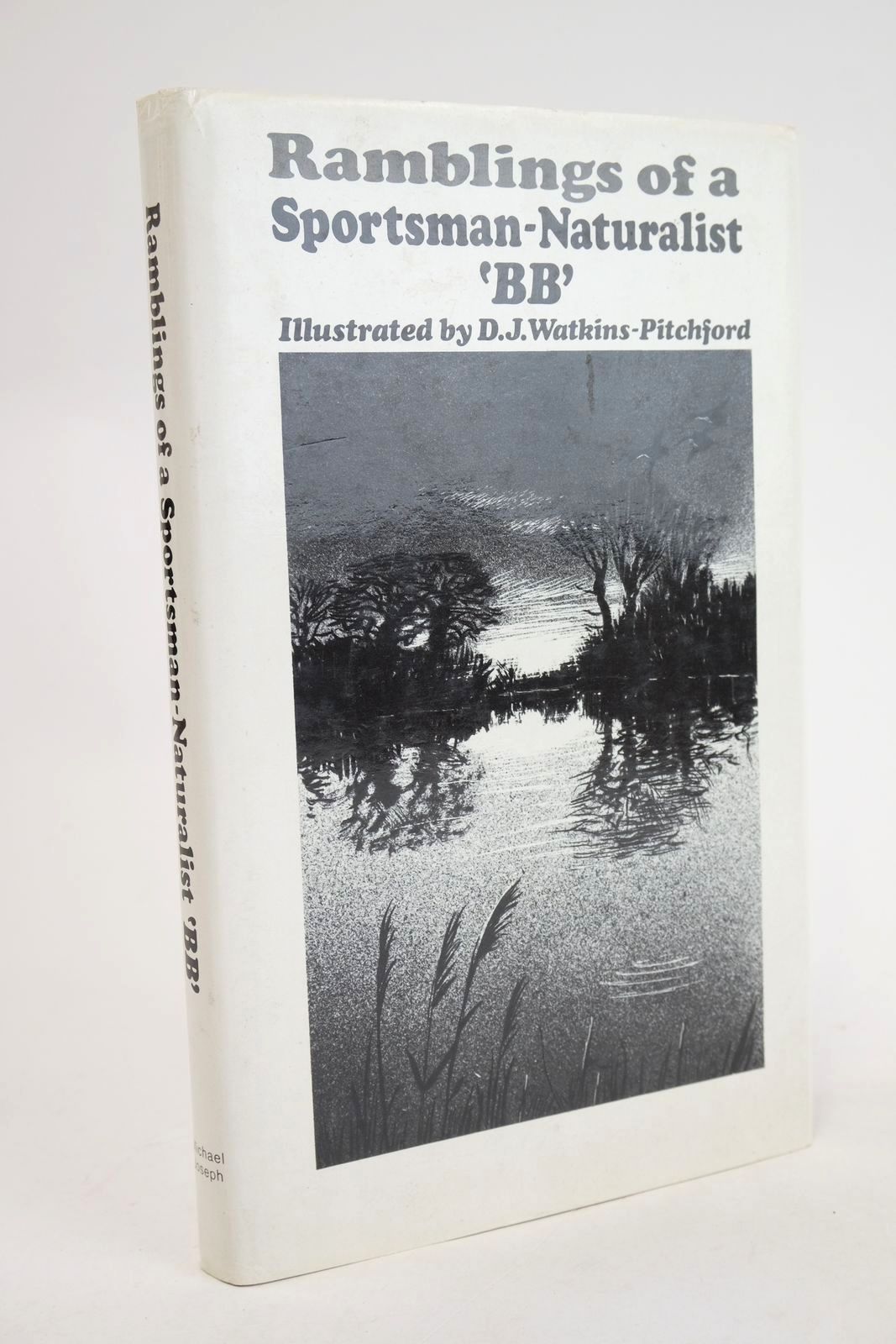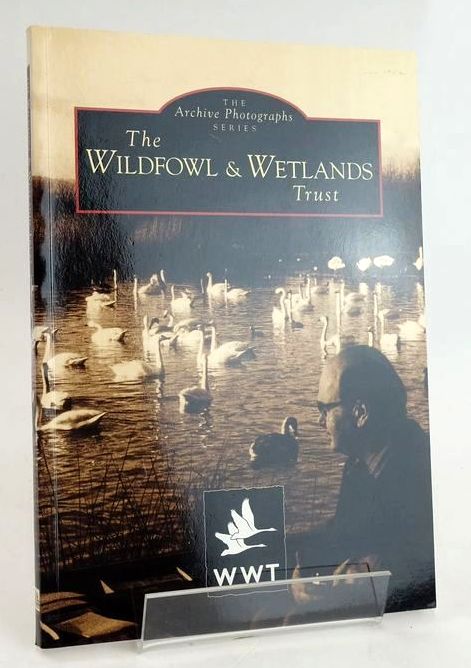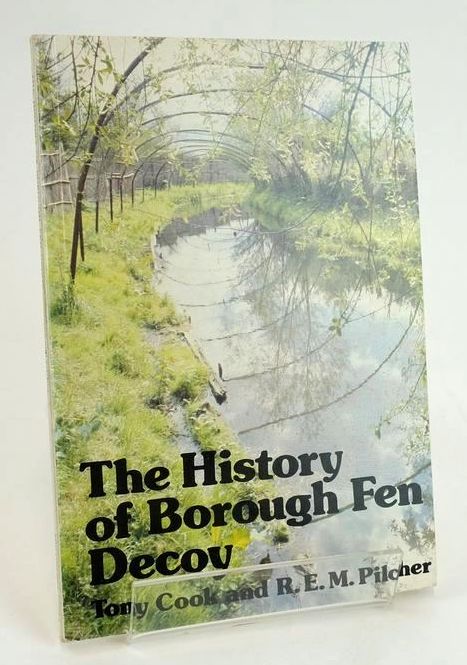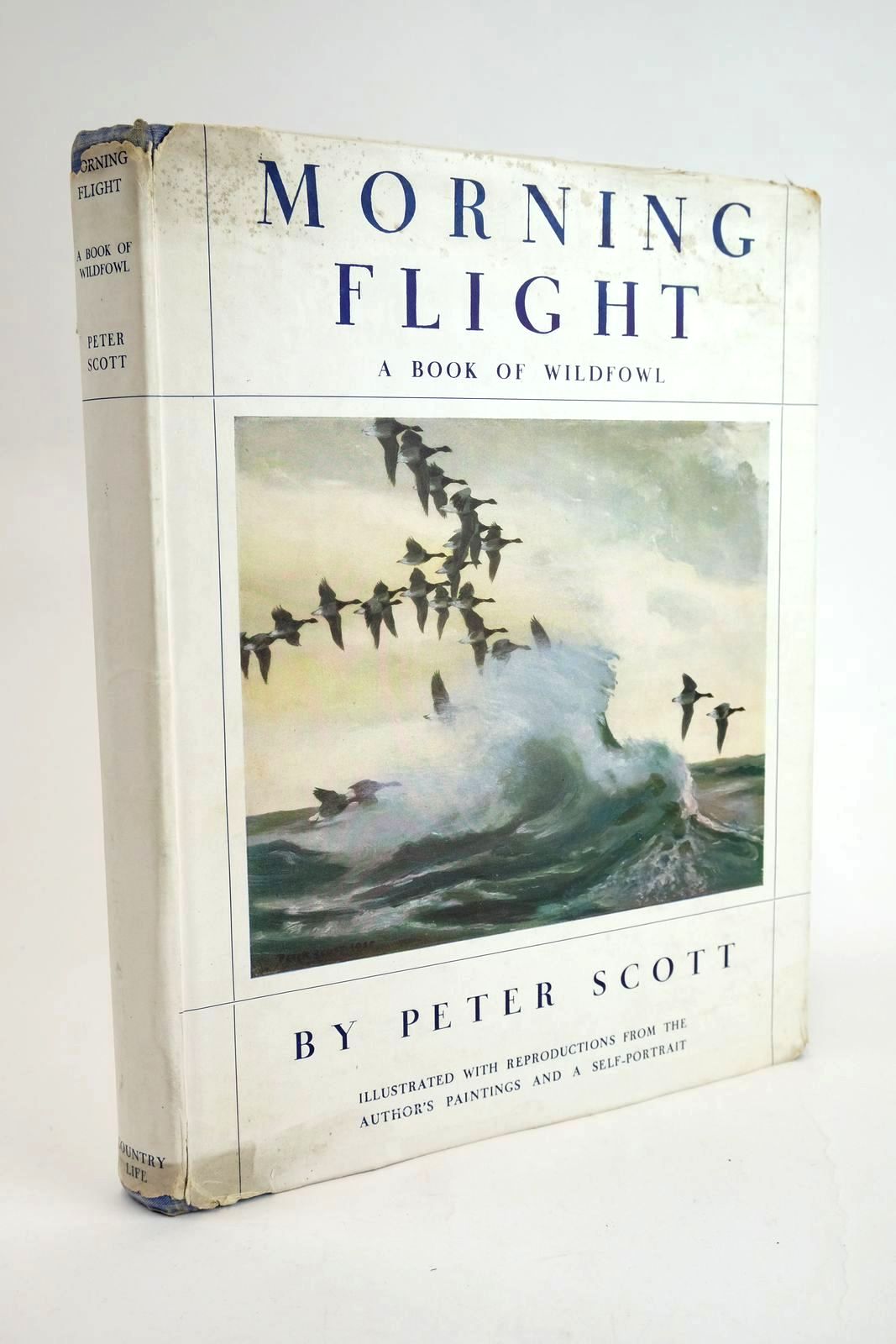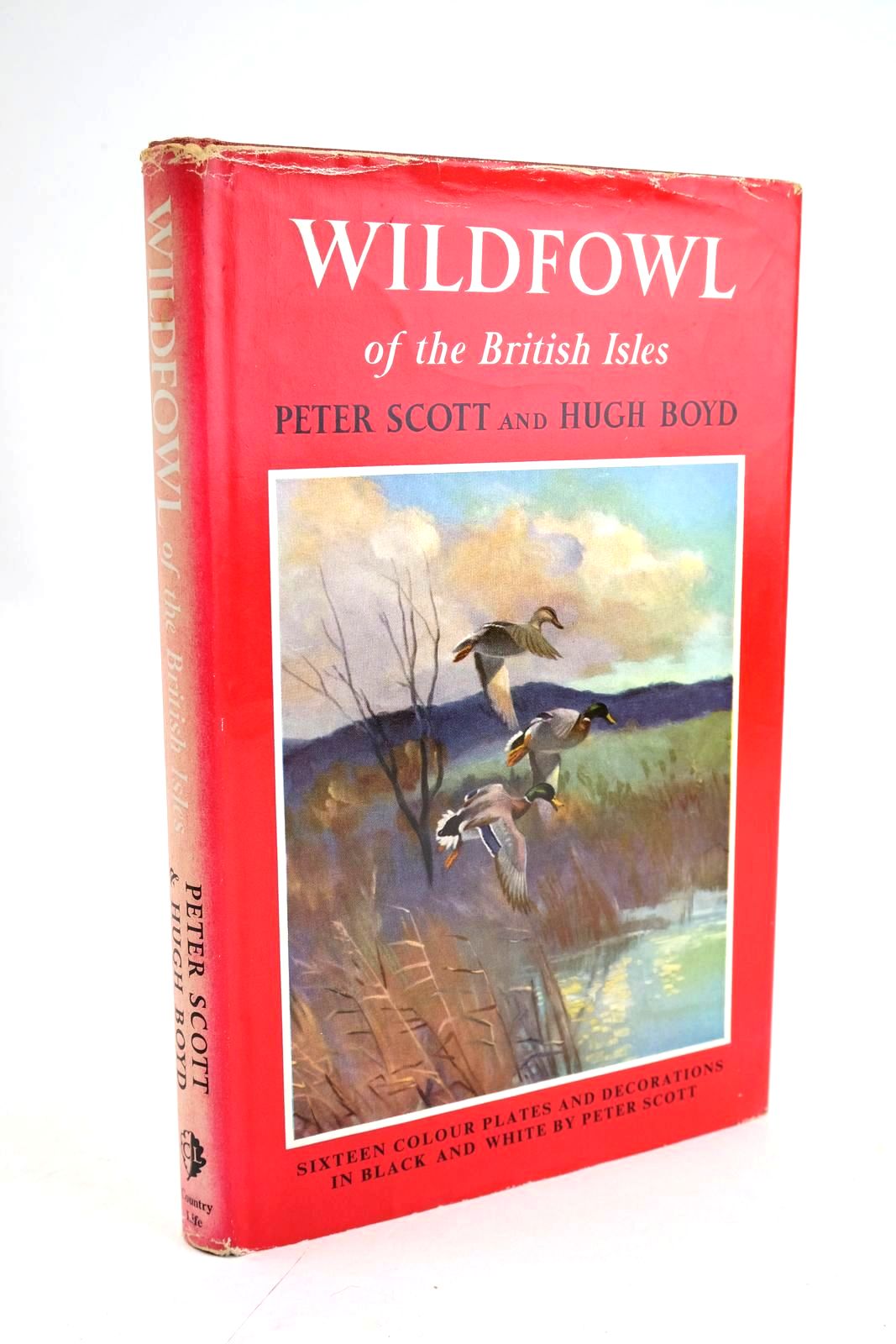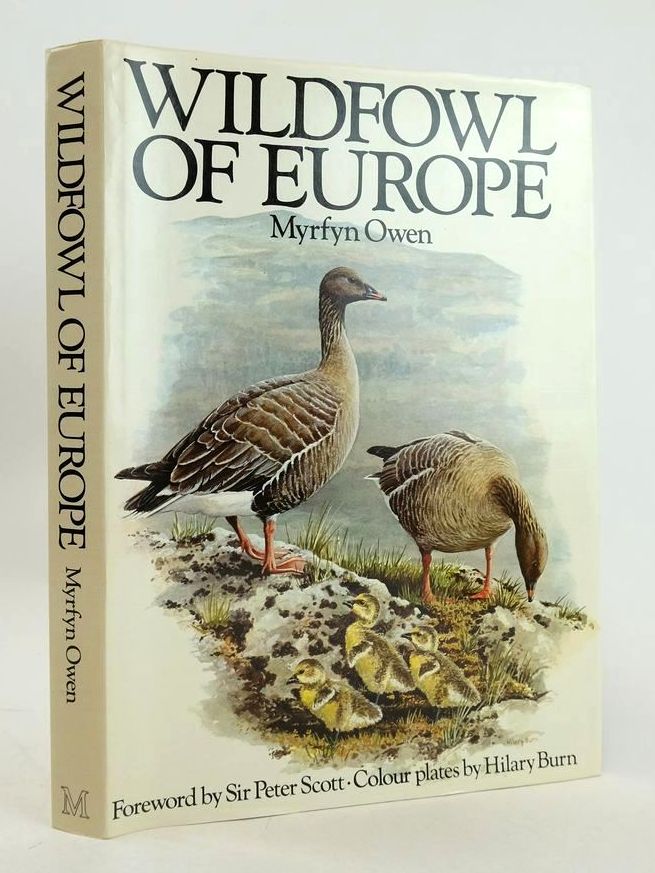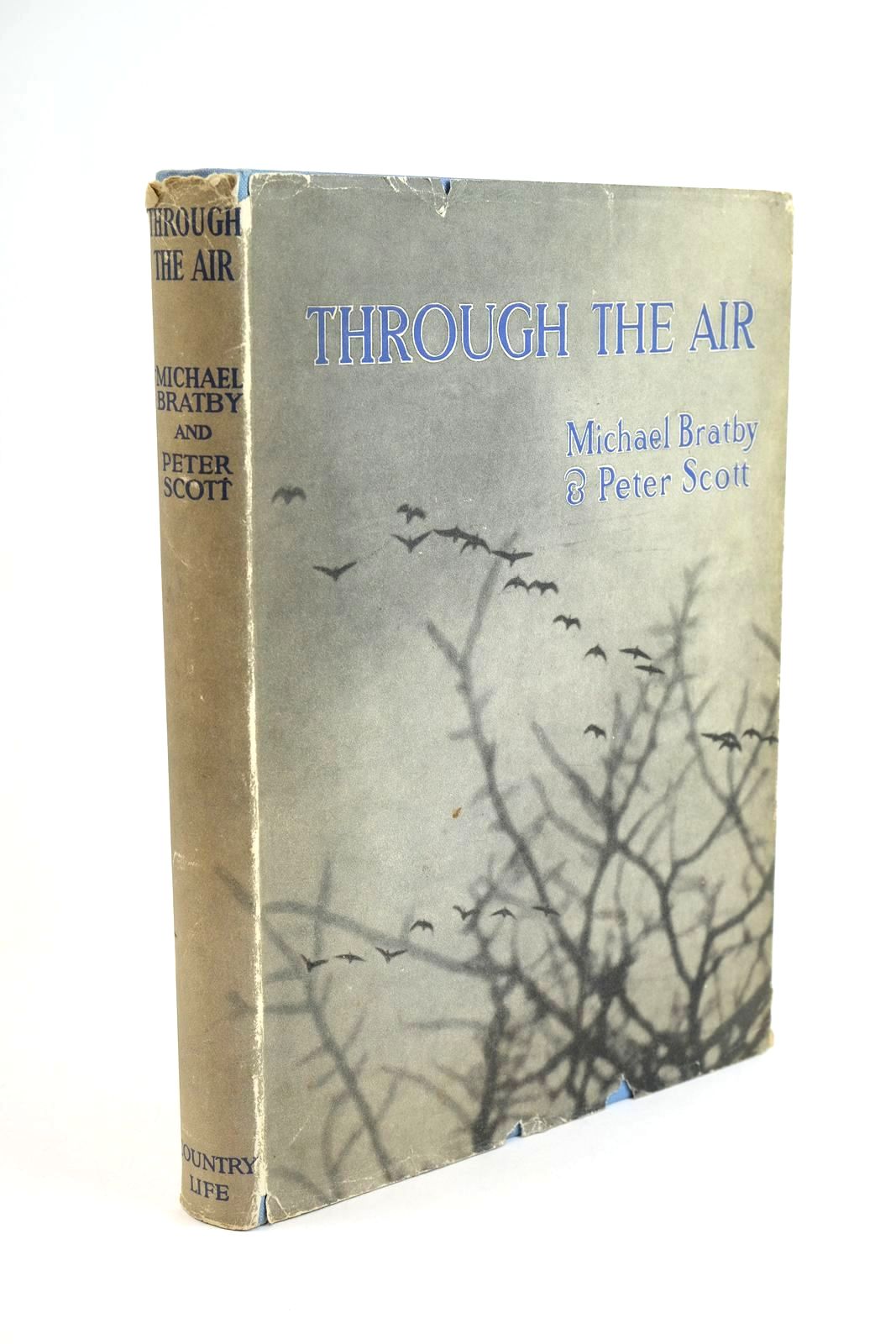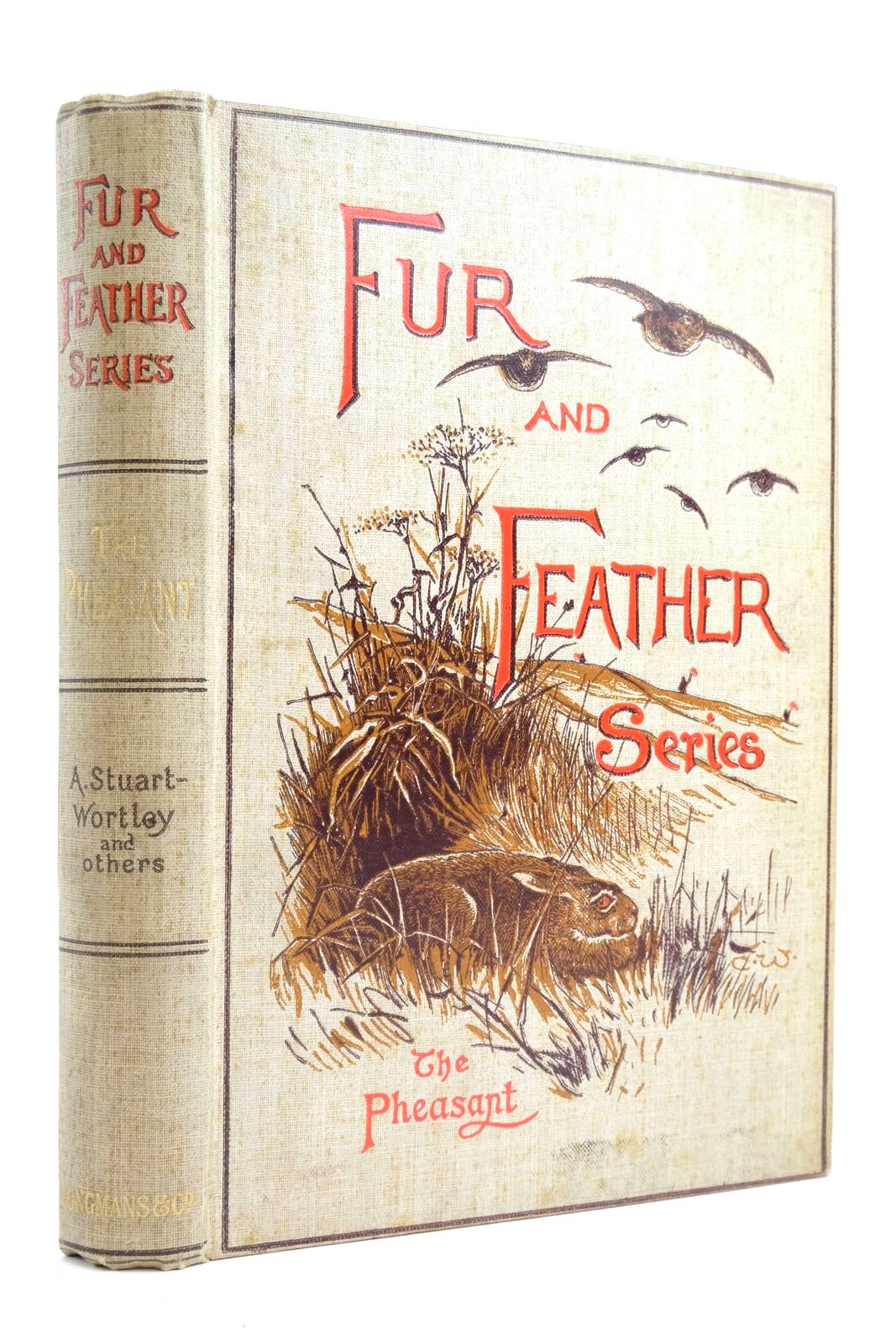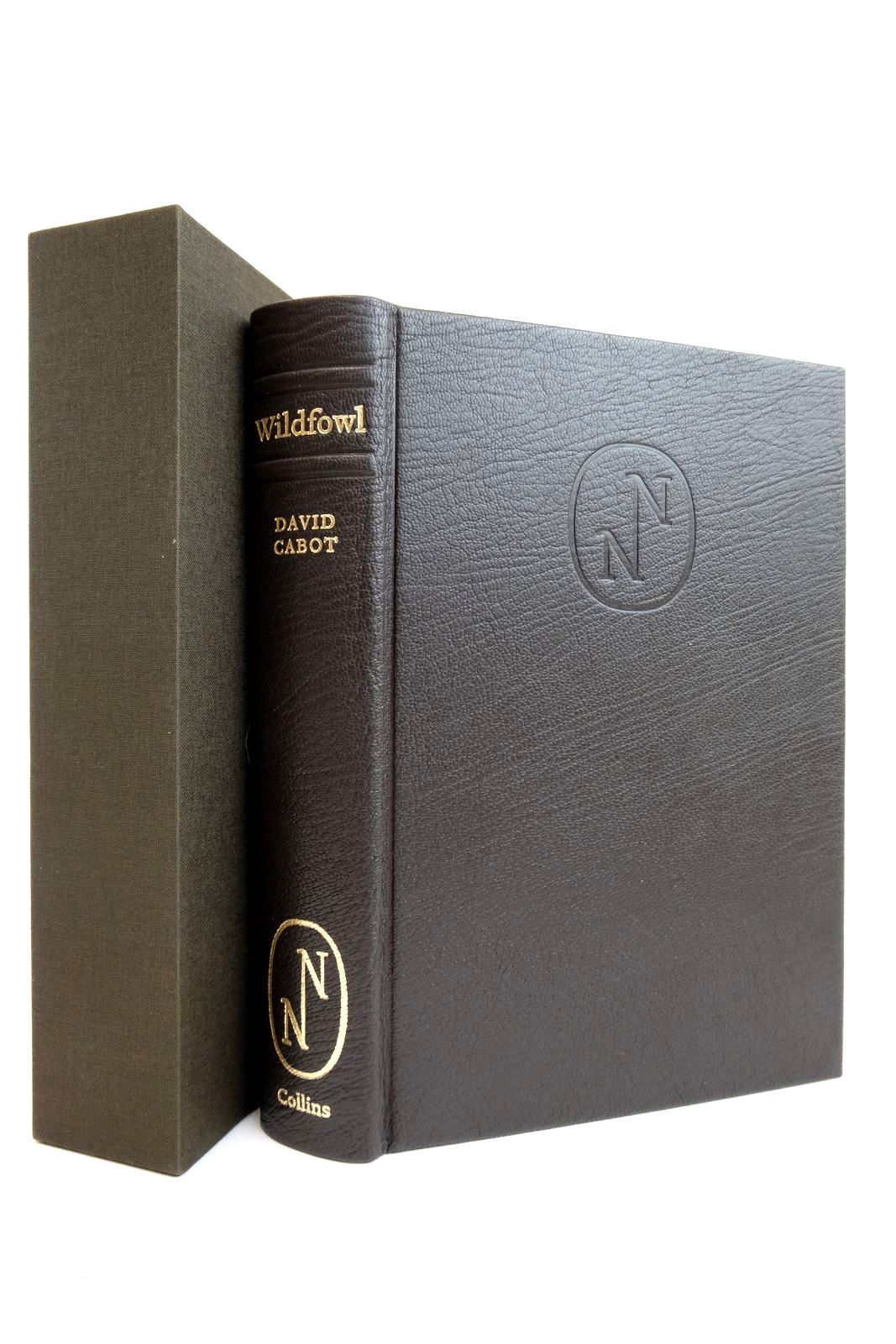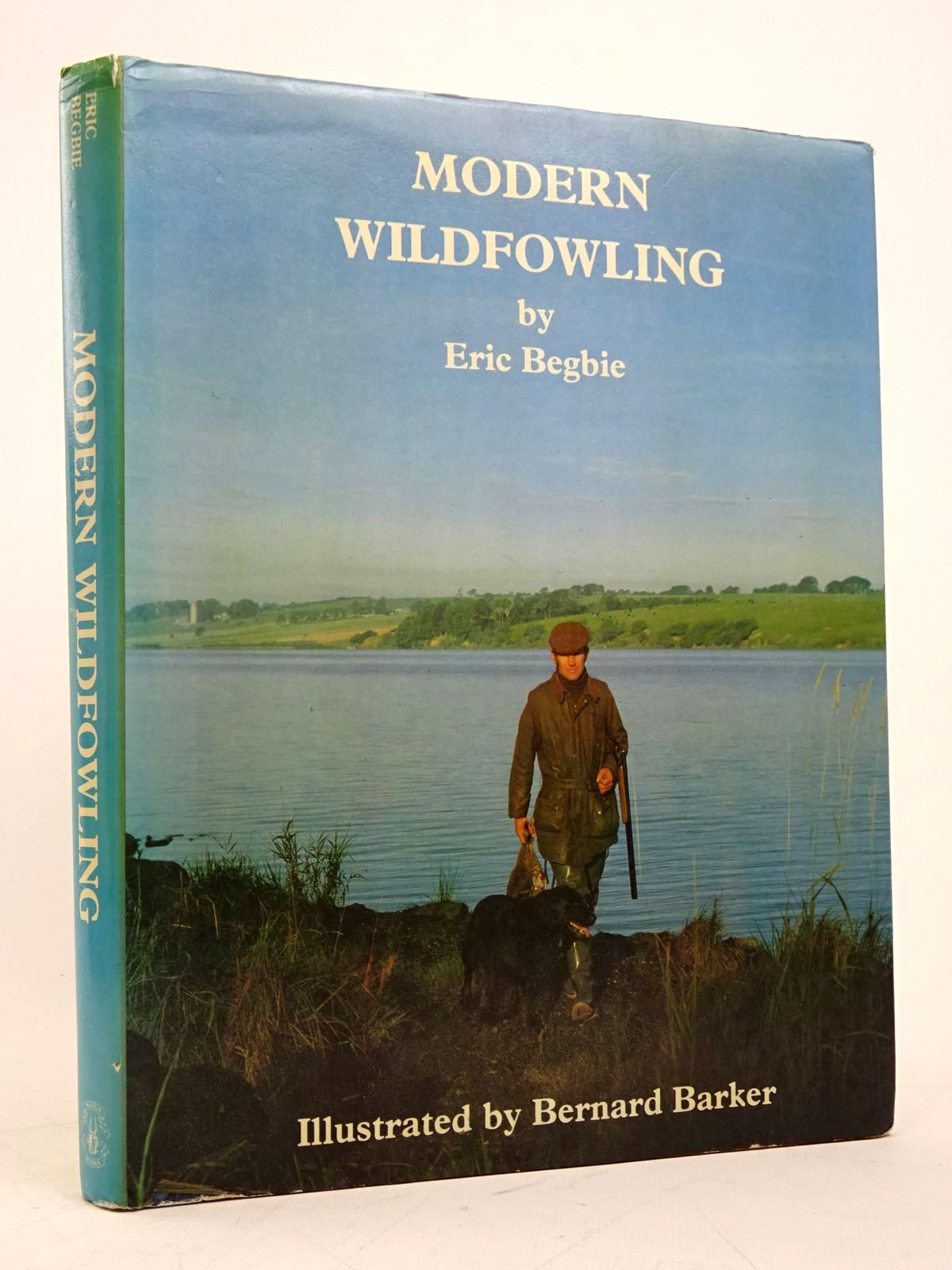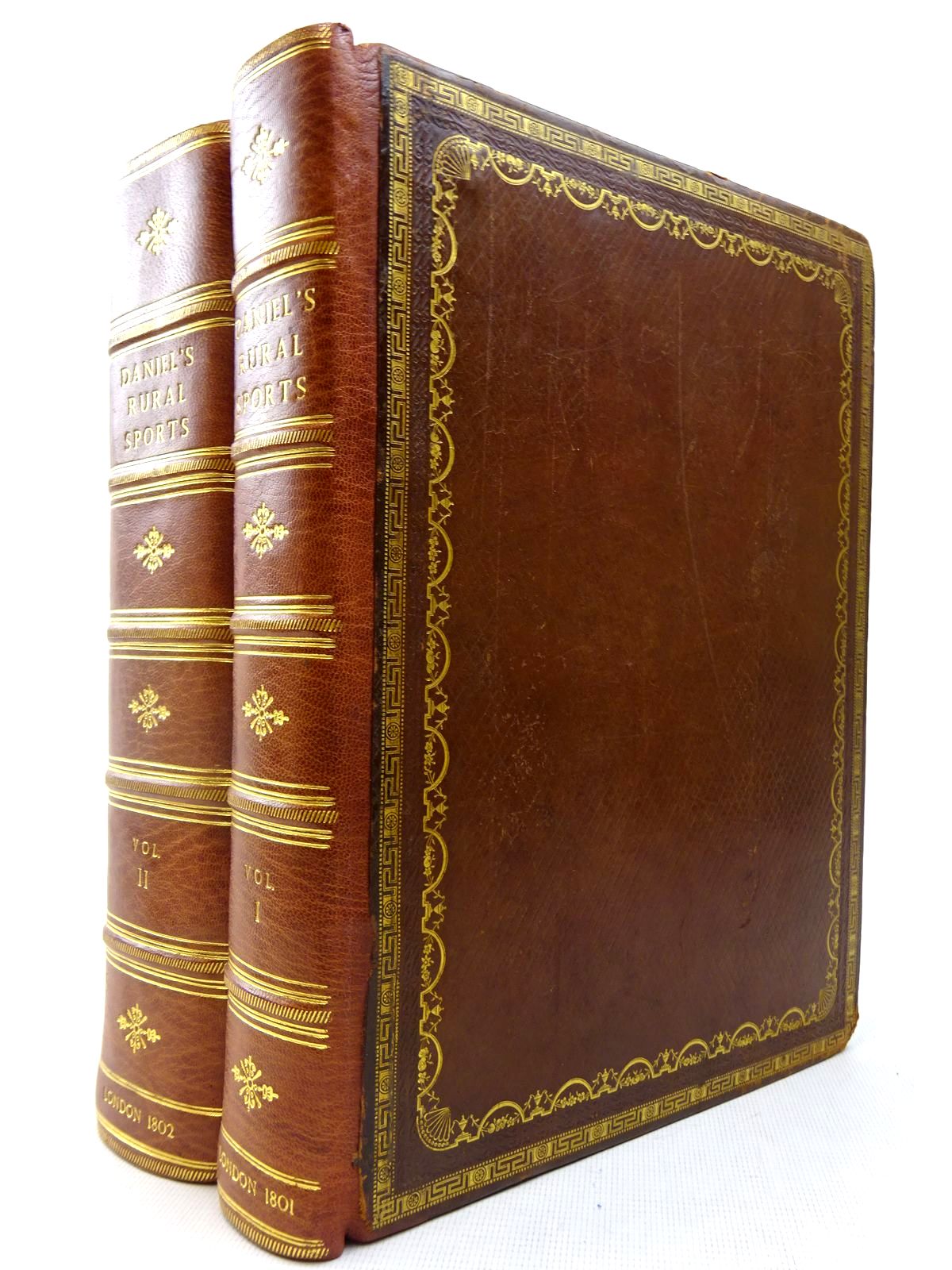Victorian (and earlier) Duck Decoys
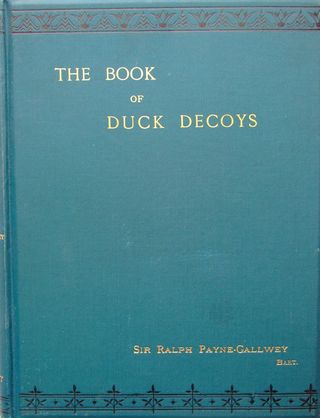 What is a Duck Decoy? I thought it was a wooden or plastic duck used to entice wildfowl so they can be shot - yes, that's what they are today, but in Victorian times they were something very different. The Duck Decoys that are the subject of Payne-Gallwey’s book were very large traps covering several acres and during a season from December to March they were capable of taking 5,000 or more birds!
What is a Duck Decoy? I thought it was a wooden or plastic duck used to entice wildfowl so they can be shot - yes, that's what they are today, but in Victorian times they were something very different. The Duck Decoys that are the subject of Payne-Gallwey’s book were very large traps covering several acres and during a season from December to March they were capable of taking 5,000 or more birds!
The word Decoy derives from the Dutch 'endekooy' or 'Duck Cage' and this provides an excellent idea of how the Decoy worked. The early and simplest Decoys were tunnels or cages into which the ducks were attracted by food and then trapped by dropping a 'door' to close the entrance. By the end of the eighteenth century and in the early nineteenth century, probably the peak of Decoy usage, they were very much larger and sophisticated devices. Most owners at the time kept the details of their Decoys a closely guarded secret and, in some cases, went to great lengths to keep them hidden from the public by, for example, building a huge moat.
Perhaps, surprisingly, a dog was an essential part of the Decoy. You would think that a dog would scare the ducksaway but ducks are very inquisitive birds and the dog is used to attract their attention and then they will follow the dog into the trap. The dog needed to be trained so as not to turn suddenly which would frighten the ducks but, on command, to show himself just in front of a series of screens, each luring the ducks further into the Decoy.
If, as I did, you find this hard to believe, at Slimbridge, a wildfowl reserve in Gloucestershire in the UK, the curiosity of ducks and how they will follow a dog into a Decoy can be demonstrated. In addition to a dog the Decoyman frequently had 20 or 30 'tame' wild ducks that he had fed regularly over a period of time and that had no fear of the dog or the nets that formed the roof of the Decoy. Indeed they quickly associated the dog with food and would actually pursue the dog! These 'tame' birds were used to lure their true wild cousins up into the mouth of the Decoy and thence into the narrow tunnel net where the Decoyman could catch and kill them.
There are detailed records for one Decoy in Essex and in the year 1714 the total haul was:-
Ducks: 675
Teal: 347
Pyntail: 46
Wiggin: 6296
What a duck was, as opposed to the named breeds, I don’t know, but look at the extraordinary number of Wigeon ('Wiggin'). By the way, the income from the sale of those wildfowl was 150 pounds – in 1714!
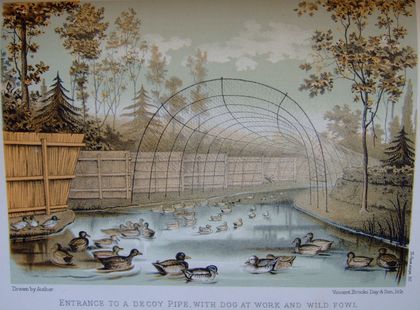

Payne-Gallwey provides a comprehensive gazetteer of all the Decoys in England, Wales and Ireland in 1886, the time the book was published, but even at that date the number of Decoys which had ceased to be used outnumbered those in use. Interestingly in some parts of England, especially in Suffolk and Norfolk, their previous existence may still be traced by place-names such as Decoy Wood.
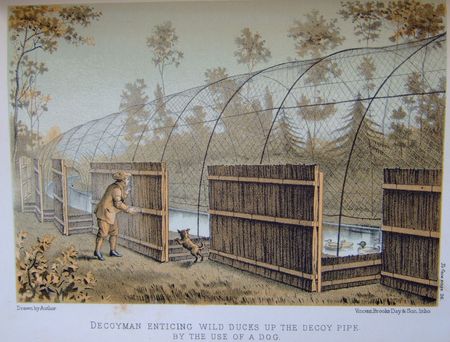
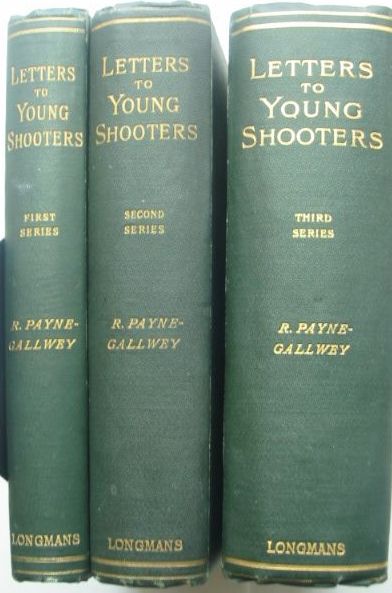
The author Payne-Gallwey (1848-1916) is perhaps best known for his works Letters to Young Shooters and The Fowler In Ireland. However, he also wrote books about medieval warfare and, in particular, The Book of the Crossbow. The Book of Duck Decoys is one of the scarcer Payne Gallwey titles and provides a fascinating glimpse not only of the Duck Decoys and their history but also but the lives of the Decoymen and their secretive world.
Contributed by Cliff.
Footnote:
We were very pleased to hear from Mr. J. Watton who informed us that one of the decoys featured in the book is still a working Duck Decoy today. It is at Nacton in Suffolk (formerly known as Orwell Park Decoy) and is owned by the Orwell Park Estate.The warden at Orwell Park Estate is John Norris who is a breeder of Nova Scotia Duck Tolling Retriever dogs. It was an NSDTR that was used at Slimbridge to attract ducks into the pipe there.
You can see Nacton Decoy's website at http://www.tollers.com/decoy.htm which features an article and pictures from the book.
Many thanks indeed to Mr. Watton for this fascinating update!
(Published on 8th Dec 2014 )


